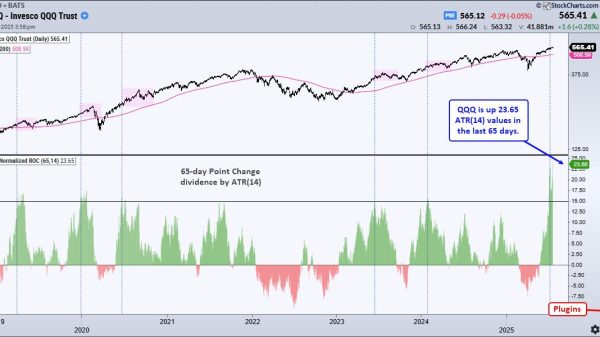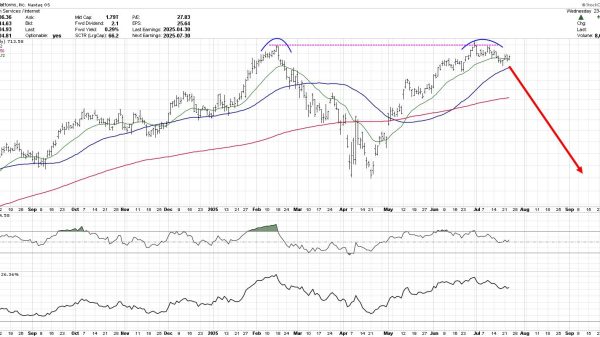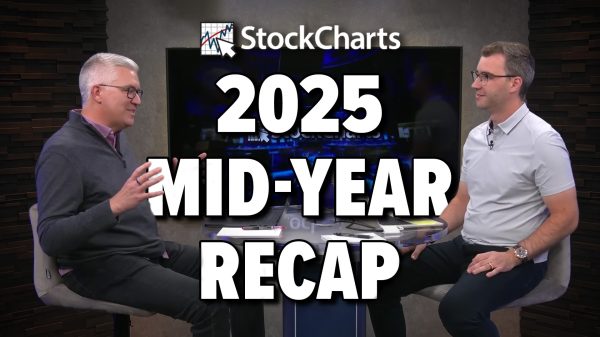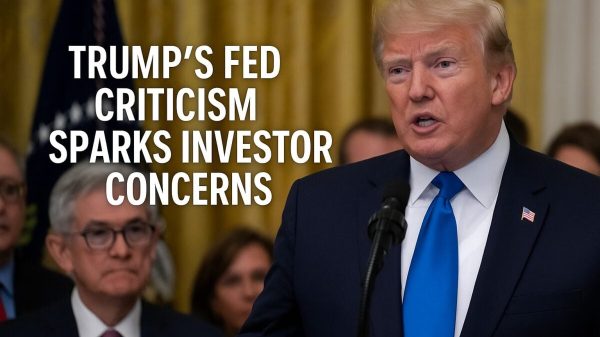
Dilip Asbe, managing director of National Payments Corporation of India (NPCI), is optimistic about the central bank’s new CBDC initiatives.
He expressed his support for a digital rupee initiative during a panel at the Mumbai Tech Week on Sunday. He said the Reserve Bank of India’s new central bank digital currency (CBDC) plans could drive the next fintech wave.
“In the recent monetary policy meeting, the RBI governor announced the programmable money, offline functionality and some of the new initiatives on CBDC,” he noted, according to an ET report.
“These efforts on CBDCs are going to drive the next wave in my assessment.”
The country’s central bank announced on February 8 that it would make its digital currency programmable. The move would ensure it can be exchanged when citizens are offline.
Additionally, Asbe noted that tokenization implementation and delivery versus payment use cases can also trigger CBDC adoption in the country.
Reserve Bank of India’s CBDC Approach
In the monetary policy statement of 2024, RBI proposed additional functionalities of programmability and offline capability in CBDC retail payments.
“Programmability will facilitate transactions for specific/targeted purposes, while offline functionality will enable these transactions in areas with poor or limited internet connectivity,” the bank wrote.
RBI governor Shaktikanta Das said that companies would also benefit with the ability to program designated expenses.
The central bank’s e-rupee, plans to put in place a framework or authentication of digital payment transactions. RBI has already tested additional factor authentication including receiving OTPs on SMS.
In September, the RBI collaborated with some of the prominent financial institutions to introduce innovative features on the digital rupee. The move aimed to popularize CBDC to boost retail CBDC transactions in India. Some of the features include offline CBDC transactions and linking CBDCs to India’s widely used Unified Payments Interface (UPI).
As reported earlier, India’s largest public sector bank, the State Bank of India, has already integrated digital rupee with UPI.
In a parallel effort, RBI also initiated a wholesale CBDC pilot program for inter-bank borrowing involving nine major lending banks.
The bank is currently exploring tech solutions for privacy concerns, taking a cautious approach to CBDC. According to an insider familiar with the matter, a privacy legislation in underway to make CBDC secure product for the nation.
The post Indian National Payments Corporation Exec Optimistic on RBI’s CBDC Efforts appeared first on Cryptonews.




























